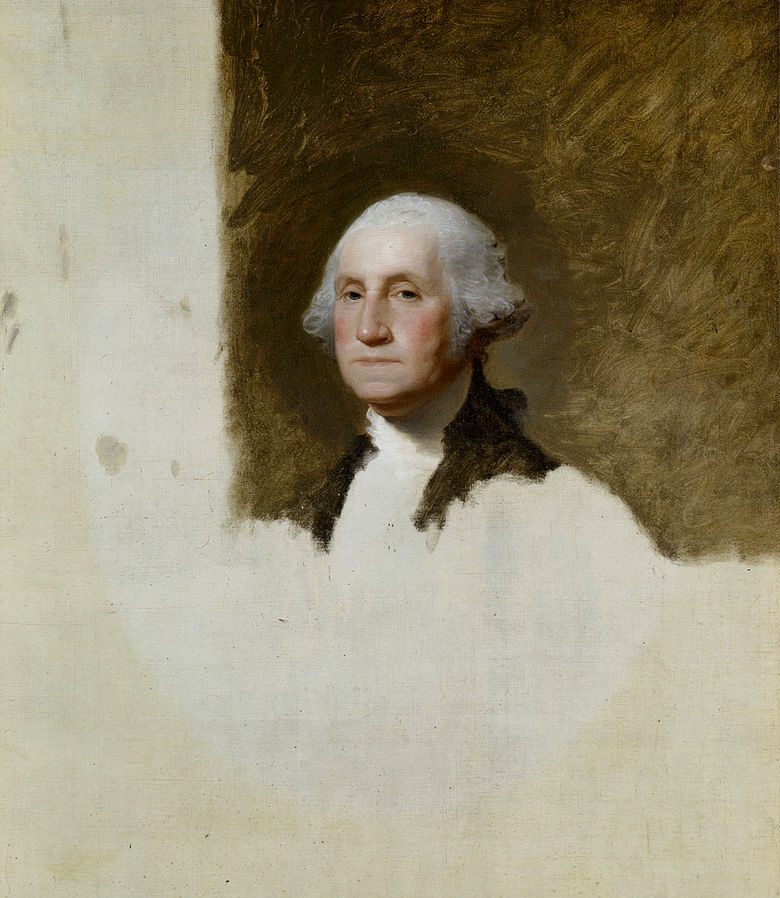Democracy and despotism in a digital age.
Liberate Harvard

How to free America’s elite universities from special interests.
America’s elite private universities are some of its strangest institutions. Though ostensibly charities, they accumulate massive endowments that they are unwilling to spend down.
Princeton University, my alma mater, is a classic example. Like its peers, Princeton spends about 5% of its endowment each year—enough to fund much of its budget while also ensuring that its endowment continues to grow. As of last summer, Princeton’s endowment stood at $26.1 billion. This works out to $3.2 million per student, or about 200 times Princeton’s 2019 net tuition revenue.
In theory, Princeton could spend the equivalent of 10% of its endowment during an emergency situation—such as a pandemic. To avoid selling assets while values are depressed, it could borrow a few billion dollars at a low interest rate and pay off the debt after the economy recovers. To avoid needing to sell depressed assets in order to tap its endowment, Princeton could keep a portion of its endowment in cash rather than allocating almost all of it to volatile or illiquid investments.
But that would be asking too much. In an email to faculty and staff last month, Princeton’s provost warned of “the need to make difficult reductions and tradeoffs,” starting with cutbacks on hiring and “all non-essential spending.” Princeton responded to the Great Recession much the same way back in 2008. Its overriding goal, apparently, is not to preserve academic excellence but to keep growing the endowment.
Interestingly, as America’s elite universities have grown richer, they have also grown more exclusive. Harvard University is a good example of this phenomenon. Between 1990 and 2019, its endowment increased from $4.8 billion to $40.9 billion, more than quadrupling even after adjusting for inflation. Undergraduate applications to Harvard also quadrupled during that period. Yet the size of Harvard’s freshman class increased by just 3%, pushing its undergraduate acceptance rate down to 4.5% for the Class of 2023.
Many of Harvard’s admissions slots are reserved for the relatives of alumni, faculty, staff, and donors. According to a recent study, more than 32% of white Harvard admits who are not recruited athletes and more than 20% of all admits who are not recruited athletes have family ties to Harvard. (Many recruited athletes are also legacies.) The study found that applicants with family ties to Harvard are held to a much lower standard than other applicants.
Other elite private universities behave similarly: They add to the size of their endowments and the exclusivity of their institutions (while carving out space for legacies) rather than investing more in research and providing a top-flight education to as many young people as possible. Between 1990 and 2016, undergraduate enrollment at Harvard, Princeton, Yale University, Columbia University, the University of Pennsylvania, Dartmouth College, and Brown University increased by 8% while these institutions’ endowments, after adjusting for inflation, increased by about 355%.
These are odd behaviors for charitable organizations, out of sync with their purported missions of educating young people and advancing human knowledge. In fact, these institutions are not actually “charities” as that term is commonly understood. They have been captured by insiders and, as a result, pursue a mix of public and private interests.
Realigning the Incentives
American law imposes relatively few restrictions on public charities, which are thought to be largely self-regulating. This approach to regulating non-profits seems to work well in most cases. But America’s elite universities are fundamentally different from other non-profits. Soup kitchens churn out soup; Harvard churns out social status. Most people crave status, and the people who have influence inside America’s elite universities—current students, alumni, trustees, administrators, and others—are no different. This creates a dynamic where an elite university’s insiders seek to direct the university’s resources in ways that benefit themselves and their loved ones.
The insiders have an interest in preserving—and, if possible, enhancing—the university’s prestige. Because many people associate the relative size of a university’s endowment with the prestige of the university itself, it is in the insiders’ interests for the university to continually grow its endowment. Likewise, since any expansion of the university will reduce the university’s selectivity and, therefore, its prestige, it is in the insiders’ interests for class sizes to remain constant. Insiders also have an interest in transmitting their high status to their children and grandchildren. Admissions policies that favor well-connected applicants help make this status transmission possible even as the university’s overall selectivity increases over time.
There are surely other factors at play. Trustees may view a university’s endowment size and admissions rate as measures of its institutional health, leading them to pursue policies which bolster these statistics and so, in their minds, reflect well on their stewardship. Status quo bias and competition between elite universities may also play roles.
In any case, these institutions could better advance their charitable missions by spending a larger share of their endowments, expanding their class sizes, and admitting applicants without regard to family connections. Under current law, however, they have little incentive to do any of those things.
Some commentators have called for revoking elite universities’ tax exemptions. But that would be counterproductive: universities would likely respond by cutting spending and enrollment. Moreover, such an approach would be impossible to implement fairly, because policymakers would have to draw the line between exempt and non-exempt universities at some arbitrary point. Schools just above and just below the cutoff would receive vastly unequal treatment.
Instead, policymakers should tax elite universities’ non-charitable behaviors. Charitable organizations, particularly private foundations, are already subject to various excise taxes. But none of those taxes are designed to curb the troubling behavior of today’s elite universities.
First, Congress should increase the tax rate on universities’ net investment income, which is currently 1.4%. This tax, which only applies to universities with assets of at least $500,000 per student, was enacted two years ago in order to raise a small amount of revenue. But its rate is far too low to affect how universities approach their endowments. For example, Harvard expects to pay just $37.7 million in net investment income tax on its $40.9 billion endowment for fiscal year 2019. By introducing a progressive rate structure with a maximum rate of 10% or so, Congress could reduce the rate of return on unspent endowment funds substantially. This would make the prospect of spending endowment funds on education and research more attractive.
Next, Congress should impose a tax on elite universities that continue to factor applicants’ family connections into admissions decisions. This tax would be levied each year in an amount equal to a percentage of the net asset value of the school’s endowment. The tax would apply to only the 30 or 40 universities with the largest endowment-to-student ratios. Schools could avoid the tax by agreeing not to factor applicants’ family connections into admissions decisions.
Congress could impose additional excise taxes to correct other behaviors. For example, an excise tax on tuition income could be used to force well-endowed universities like Princeton to abolish tuition. (Schools like Princeton, where in recent years tuition income has accounted for far less than 10% of revenue, do not need to charge tuition.) The abolition of tuition at even a small number of elite universities would have ripple effects, pressuring other schools to at least rein in tuition.
Finally, Congress should offer universities non-refundable tax credits for expanding their class sizes and spending more than a set percentage of their endowments. Universities could use these tax credits to offset a portion of their newfound tax liabilities.
The aim of these proposals is not to cripple America’s elite universities, but to realign their incentives. A Harvard with a larger freshman class and no legacy admissions will still be Harvard, but it will be a more inclusive—and charitable—version of itself.
The American Mind presents a range of perspectives. Views are writers’ own and do not necessarily represent those of The Claremont Institute.
The American Mind is a publication of the Claremont Institute, a non-profit 501(c)(3) organization, dedicated to restoring the principles of the American Founding to their rightful, preeminent authority in our national life. Interested in supporting our work? Gifts to the Claremont Institute are tax-deductible.






